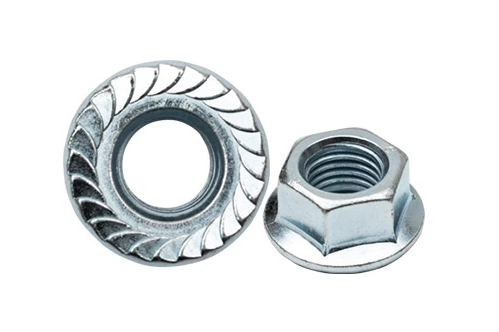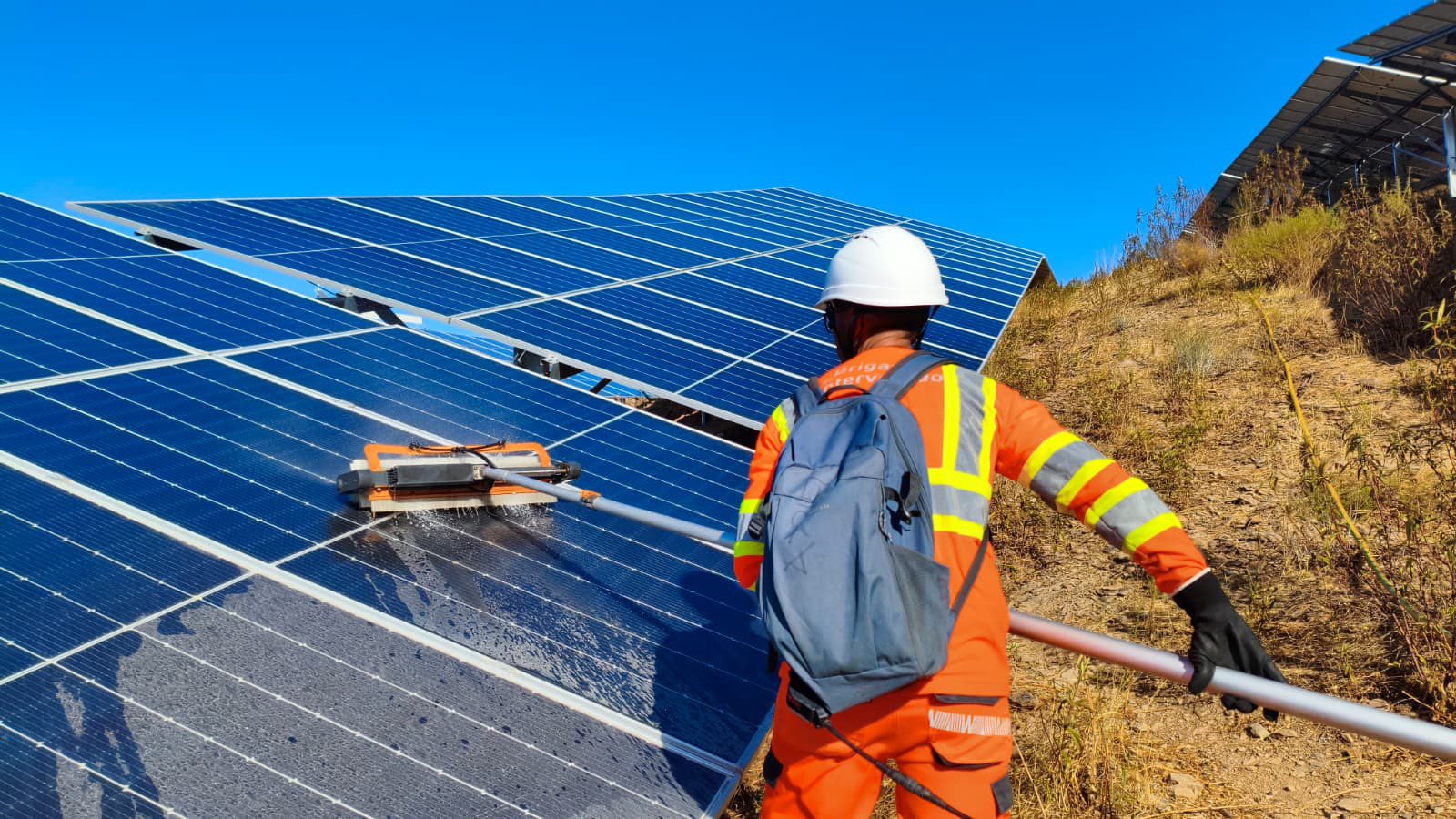Integrated Sensing and Communication Submarine Cable Monitoring Solution
Integrated Sensing and Communication Submarine Cable Monitoring Solution: Simultaneous Temperature and Vibration Monitoring Using a Single Optical Fiber
I. Challenges in Submarine Cable Monitoring
As critical infrastructure for power transmission and communication in offshore oil and gas fields, submarine cables face numerous challenges to their safe operation. The main issues include:
1. Route Deviation and Insufficient Burial Depth: In some areas, the actual cable routes deviate from navigation notices, and the burial depth is inadequate (as shallow as 0.5 meters in certain regions), making them susceptible to damage from ship anchoring.
2. Limitations of Monitoring Technology: Existing technologies struggle to monitor the burial depth of submarine cables in real time. Conventional monitoring methods can only measure parameters such as voltage, current, and fiber differential protection, with limited capability to monitor temperature, stress, and other key indicators.
3. Delayed Emergency Response: Current early warning systems have blind spots. Platforms can only issue alerts to external vessels but lack the ability to effectively command responses. The emergency coordination mechanism needs improvement.
II. Principles and Advantages of Integrated Sensing and Communication (ISAC) Technology
Shenzhen Mingsheng Electric Co., Ltd. has developed an Integrated Temperature and Vibration Sensing Device, which innovatively combines communication and sensing functions. Its core technical advantages include:
1. Five Key Integration Features:
· Shared Light Source: Utilizes the existing communication light source for sensing functions, eliminating the need for additional light sources.
· Shared Medium: Transmits both communication signals and sensing data through the same optical fiber.
· Shared Channel: Communication and sensing channels are fully integrated.
· Shared Signal: The communication signal itself carries information about vibrations and temperature.
· Shared Demodulation: Employs a unified demodulation technology to process both communication and sensing signals.
2. Technological Breakthroughs:
· Sensing Distance: Supports uninterrupted signal transmission up to 200 km without repeaters; positioning accuracy reaches up to 10 meters.
· Detection Sensitivity: Vibration detection limit as low as 100 pε/√Hz; temperature resolution better than 0.1°C.
· Frequency Response: Covers a full frequency range from 0.001 Hz to 10 kHz, enabling simultaneous monitoring of both low-frequency vibrations and high-frequency acoustic waves.
III. Submarine Cable Monitoring System Design
1. System Architecture:
The ISAC-based submarine cable monitoring system adopts a distributed architecture:
· Perception Layer (Front-end): Uses redundant optical fibers within existing submarine composite cables as the sensing medium.
· Transmission Layer: Leverages the original communication optical fibers in the submarine cable to transmit signals back.
· Demodulation and Analysis Layer: Deploys the ISAC host device to perform signal demodulation and data analysis.
2. Core Functions:
· Temperature Monitoring:Real-time monitoring of the full cable temperature profile to locate abnormal temperature rise points.
· Vibration Monitoring:Detects mechanical disturbances such as anchor strikes and trawling, enabling early warnings.
· Stress Monitoring:Assesses the mechanical stress state of the cable using polarization demodulation techniques.
· Route Monitoring:Analyzes acoustic characteristics to assess cable burial depth and detect exposed sections.
3. Technical Comparison:
Compared to traditional monitoring technologies, the ISAC device offers significant advantages:
IV. Application Value and Implementation Benefits
1. Enhanced Intrinsic Safety of Submarine Cables:
· Enables 24/7 full-line monitoring to promptly identify risks such as exposure or suspension.
· Prevents failures caused by insulation aging through temperature monitoring.
· Accurately locates disturbance sources to support emergency response decision-making.
2. Reduced Operational Costs:
· Eliminates the need for additional sensing fiber deployment, saving investment.
· Does not occupy communication bandwidth, ensuring no impact on existing services.
· Simplifies maintenance with no requirement for regular calibration.
3. Supports Intelligent Management:
· Seamlessly integrates with existing navigation, communication, and early warning systems.
· Provides data support for submarine cable integrity management.
· Enables digital twin modeling and predictive maintenance.
V. Implementation Recommendations and Outlook
For the current status of submarine cable management in Bohai Oilfield, it is recommended to implement the system in phases:
1. Pilot Phase:Deploy the system on critical submarine cable lines.
2. Validation Phase:Run the system in parallel with existing monitoring systems to verify technical reliability.
3. Deployment Phase:Fully deploy the system across all in-service submarine cables.
Future Development Directions:
· Integrate artificial intelligence technologies to enhance fault prediction capabilities.
· Expand the application to global submarine optical cable network monitoring.
Shenzhen Mingsheng Electric Co., Ltd.’s Integrated Temperature and Vibration Sensing Device provides an innovative solution for submarine cable safety monitoring. It will effectively improve the reliability and management level of submarine cables, safeguarding offshore oil and gas production.
Appendix Illustrations:
· Schematic Diagram of Integrated Sensing and Communication Technology Principles
· Technology Maturity Assessment
· Typical Failure Cases of Submarine Cables
www.minsaint.com
Shenzhen Mingsheng Electrical Co ., Ltd.


